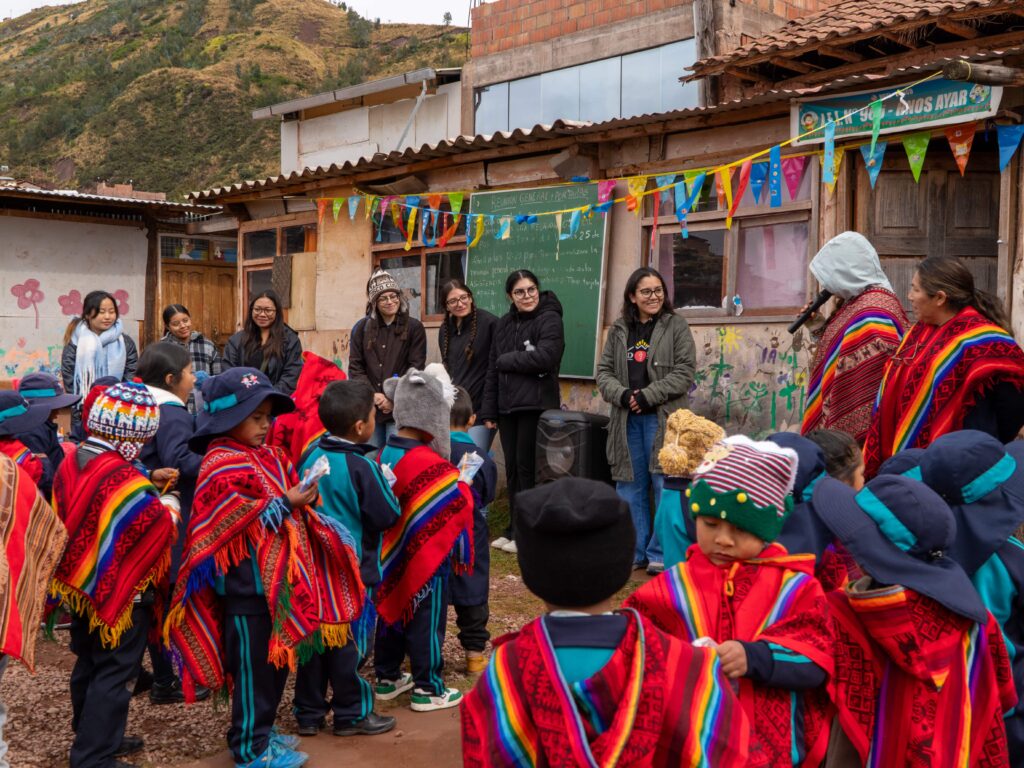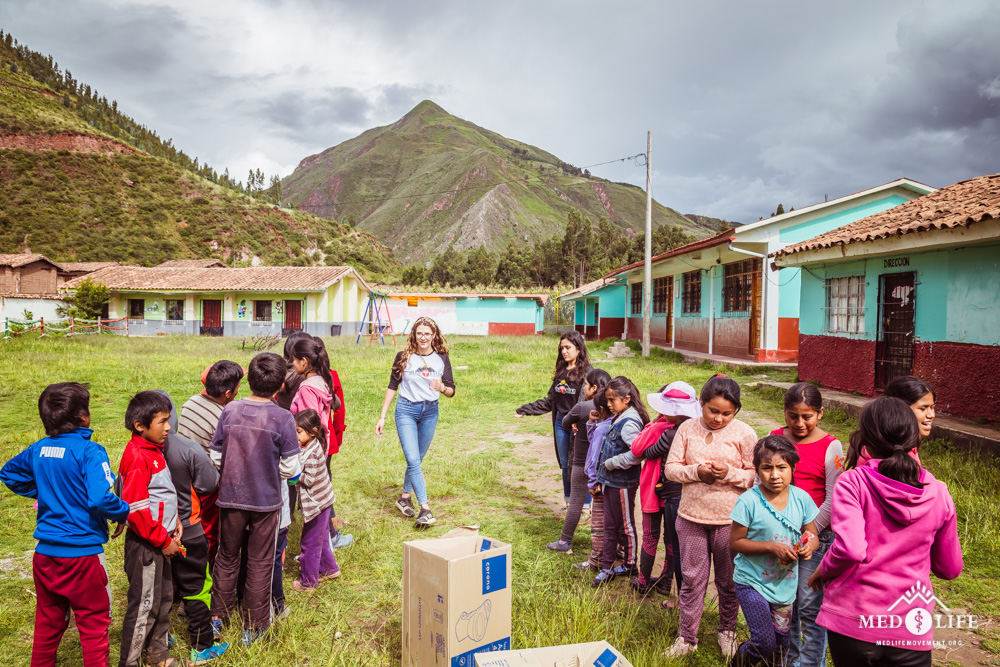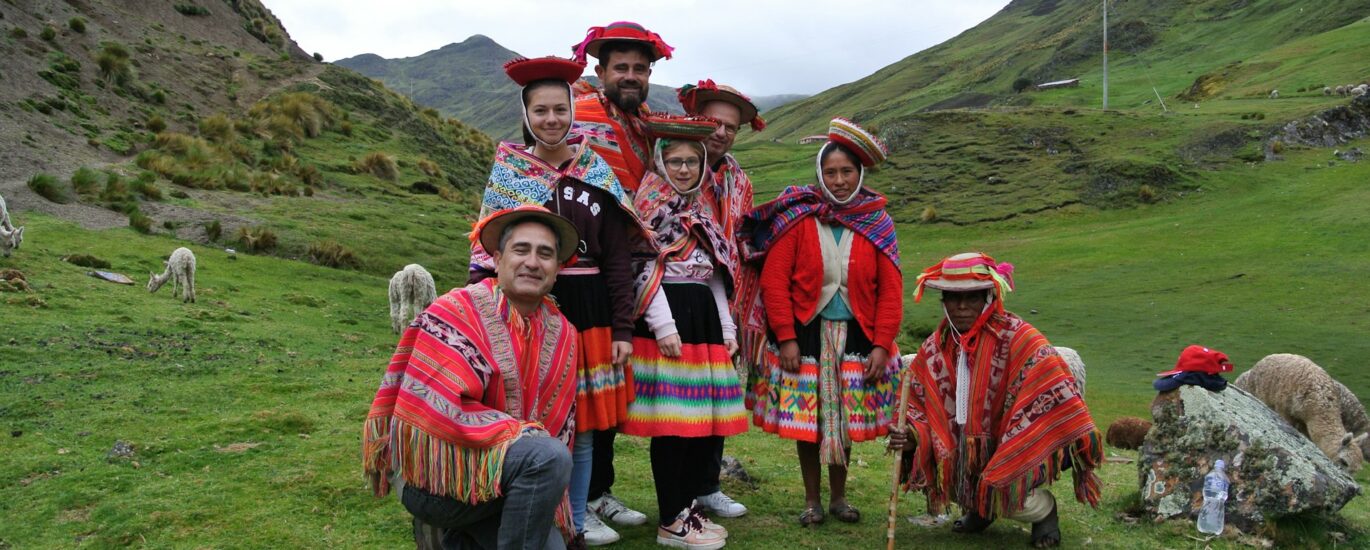Have you ever thought about how working with people from other cultures can impact the way you learn? This is what cross-cultural collaboration is all about. It means engaging with and learning from diverse perspectives, values, and traditions. In real life, it happens when students travel, study, or work alongside peers from different backgrounds. These experiences not only enrich academic growth but also help students become empathetic global citizens. Programs like student trips abroad create opportunities to practice collaboration in authentic settings, making education more engaging and meaningful.

Understanding Cross-Cultural Collaboration
Cross-cultural collaboration happens when students, teachers, and communities from different cultural backgrounds work together toward shared goals. This collaboration goes beyond language, involving the exchange of values, traditions, and worldviews. By learning from other cultures, students expand their understanding of global issues while developing skills like adaptability, communication, and problem-solving.

The Importance of Cultural Awareness in Education
Cultural awareness is the foundation of meaningful collaboration. When students understand the traditions and perspectives of others, they learn to approach differences with curiosity rather than judgment. For example, a student volunteering abroad who attends a local festival or tries regional foods is not just learning customs but also practicing respect in action. This awareness helps reduce stereotypes and fosters respect, creating inclusive learning environments where all voices are valued. Schools can encourage this growth by highlighting cultural traditions in the classroom or incorporating global travel safety tips to better prepare students for authentic experiences.

Key Challenges in Cross-Cultural Collaboration
Despite its many benefits, working across cultures can present challenges. Students may face language barriers, cultural misunderstandings, or differing expectations about time, communication styles, and learning methods. For instance, what one culture considers polite might be perceived differently in another. Recognizing these challenges is the first step in overcoming them and building stronger educational partnerships. Resources like our guide on study abroad preparation can help students feel more prepared to navigate these differences.
Strategies for Effective Communication Across Cultures
Strong communication is at the heart of successful collaboration. For example, active listening during group projects ensures that every student feels heard, while asking clarifying questions helps avoid misunderstandings. Even nonverbal cues, such as eye contact or gestures, can bridge gaps when language skills differ. Technology also enhances these efforts, making it easier to hold virtual cultural exchanges or maintain ongoing dialogue between classrooms around the world. In practice, students can use video calls, shared digital platforms, or even online language immersion activities to connect meaningfully across borders.
Building Trust in a Multicultural Environment
Trust is essential when working across cultures. Students build trust by showing respect, demonstrating reliability, and being open to new perspectives. Shared experiences, such as volunteering abroad on community development projects or service learning programs, allow students to connect with local residents in meaningful ways. These activities not only strengthen relationships within the group but also foster bonds with the host community, making collaboration more authentic and effective.
Training and Development for Cross-Cultural Competence
Schools and organizations can prepare students for collaboration by offering training in cultural competence. For example, in one of Engaged Education’s workshops, students take part in a role-playing activity where they act out everyday situations in another culture, such as navigating a local market or participating in a community meeting. These sessions often spark laughter and meaningful discussion, but more importantly, they give students practice in empathy and adaptability. Immersion experiences, including educational travel programs, reinforce these lessons by placing students directly in new cultural settings. Together, these tools give learners the confidence to engage meaningfully with peers from different cultural backgrounds.
Measuring the Impact of Cross-Cultural Collaboration
The success of cross-cultural collaboration can be measured in both academic and personal growth. Students often return from cultural exchanges with improved language skills, higher confidence, and a stronger sense of global responsibility. At the same time, their presence and contributions have a positive impact on the host communities. Sharing ideas, teaching skills, or participating in service projects gives local partners new opportunities and perspectives. Long-term, these mutual exchanges encourage active participation in solving international challenges and highlight how both students and communities grow together through collaboration.
Engaged Education - Transformative Educational Travel Experiences
Engaged Education designs student trips abroad that foster collaboration, cultural understanding, and leadership development.
Download the full brochure here to explore opportunities.
Want to create lasting impact? Become a monthly donor and support projects that promote education and poverty reduction around the world.






